An Icon We See Everywhere
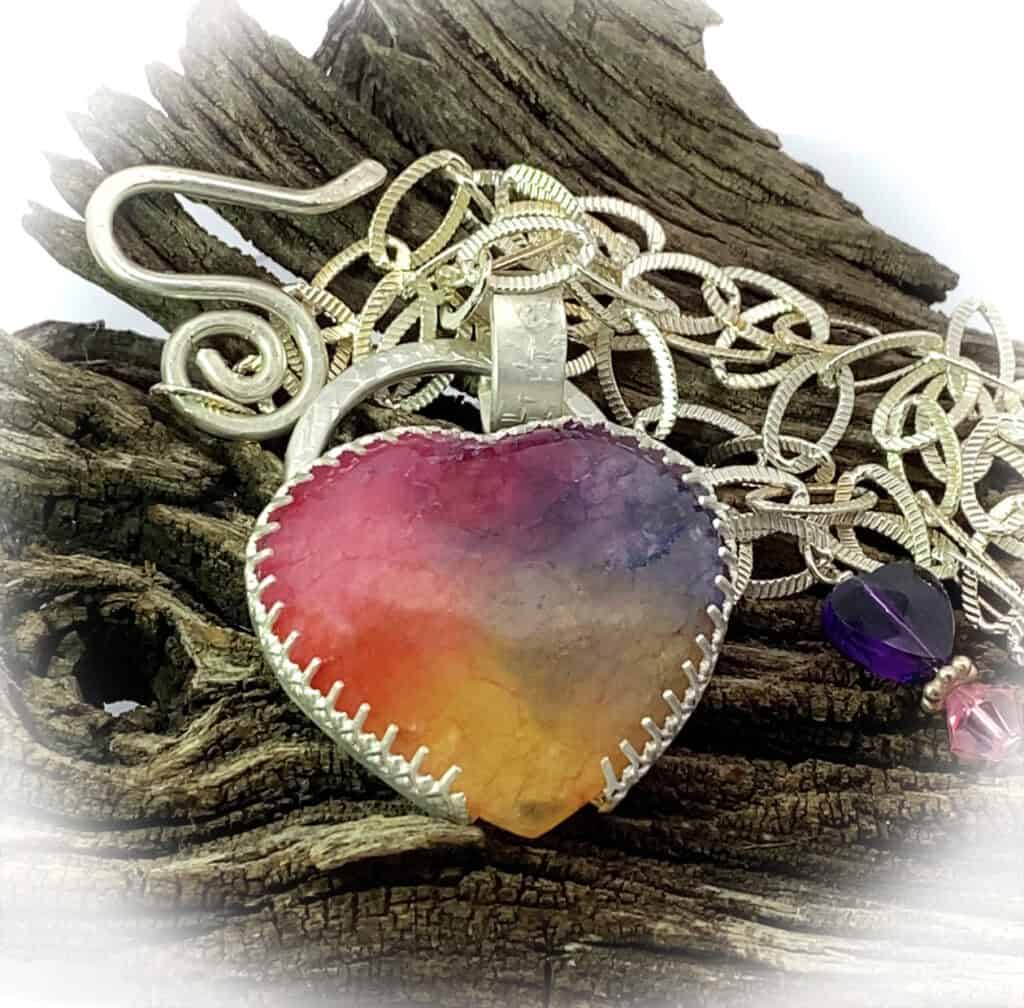
Think of the heart shape. It’s everywhere—on greeting cards, emojis, and signs of love. But this simple image has a rich backstory that stretches back thousands of years. The heart as a symbol means more than just romance; it stands for emotion, spirit, and connection across many cultures.
I am drawn to the heart shape and use it in many of my jewelry designs. Of course the symbolism is part of the reason I love designing this way.
In this post, you’ll see how the heart shape took on new forms over time, why it matters, and what its story reveals about human culture.
Ancient Origins of Heart Imagery
Archaeologists have uncovered some fascinating traces of the heart in the ancient world:
- Mesopotamia: Clay tablets from Sumer and Akkad show heart-shaped objects and script. Often, these images connect the heart to thought and wisdom instead of just the body.
- Egypt: The heart had a starring role in Egyptian life and afterlife beliefs. Tomb art shows the heart being weighed against the feather of Ma’at, to test a person’s goodness.
- Greece: Classical Greeks often sketched organs in detailed medical texts. The philosopher Aristotle saw the heart as the center of emotion, intelligence, and even courage. Heart images appear on ancient pottery and scrolls.
- The Earring design below shows heart shaped malachite gems dangling from a copper hoop.
Symbolic Meanings in Early Civilizations
To ancient people, the heart was much more than a part of the body. It carried rich symbolism:
- Life and Vitality: The heart was seen as the spark of life. Without it, nothing moved or breathed.
- The Soul and Identity: Egyptians believed the heart held a person’s soul, memories, and truth. In the afterlife, the heart acted like a record of your entire life—nothing escaped its memory.
- Feelings and Spirit: The Greeks linked the heart to strong emotions. Love, grief, fear, and joy all flowed from the heart’s core.
- Judgment and Morality: In ancient Egypt, the heart was weighed in the underworld. A heavy heart meant guilt and led to punishment. A light heart pointed to honesty and peace.
The Emergence of the Stylized Heart Shape in the Middle Ages
During the Middle Ages, the heart shape took a new direction in art and culture. Instead of showing the human heart as a realistic organ, artists started drawing it as two rounded arches meeting at a sharp point. This is the same shape that later became a global symbol of love. The shift wasn’t only about art—it reflected new beliefs, social customs, and ways of seeing emotion.
Medieval Manuscripts and Religious Contexts
Medieval Europe brought a boom in decorated manuscripts and church art. Monks and scribes filled the margins of books with bright images, including the earliest recognizable heart shapes. These hearts often appeared in:
- Illuminated Manuscripts: You can spot small heart shapes in the borders of prayer books or around saints and angels. The design stood out against the gold leaf and deep blues of the pages.
- Religious Texts: Writers used the heart as a sign of true faith or divine love. For example, images sometimes showed saints holding stylized hearts, meant to represent their love for God or their pure intentions.
- Church Decorations: Artists carved heart shapes into wood, painted them on altars, or added them to stained glass. In some stories, Jesus was shown pointing to his heart, calling attention to his compassion and suffering.
The heart shape didn’t just pop up by accident. Some historians say it may have been inspired by ancient plants or seeds, such as the silphium pod, which was shaped like a heart and connected to love and affection.The image above features the silphium pod. You can easily see how the upside down image of this pod mimics our modern day concept of the heart.
Modern Evolution of Heart Images
Heart images have taken on a new life in the last century, sweeping through pop culture and digital spaces at a pace no one could have predicted. They are no longer reserved for art and religion—now, hearts show up in slogans, billboards, text messages, and social posts worldwide. Let’s look at the key shifts that led to this, from paper cards to pixelated symbols.
The design below features another way I design using the heart motif. The fine silver backing is heart shaped and features a teardrop shaped turquoise gem.
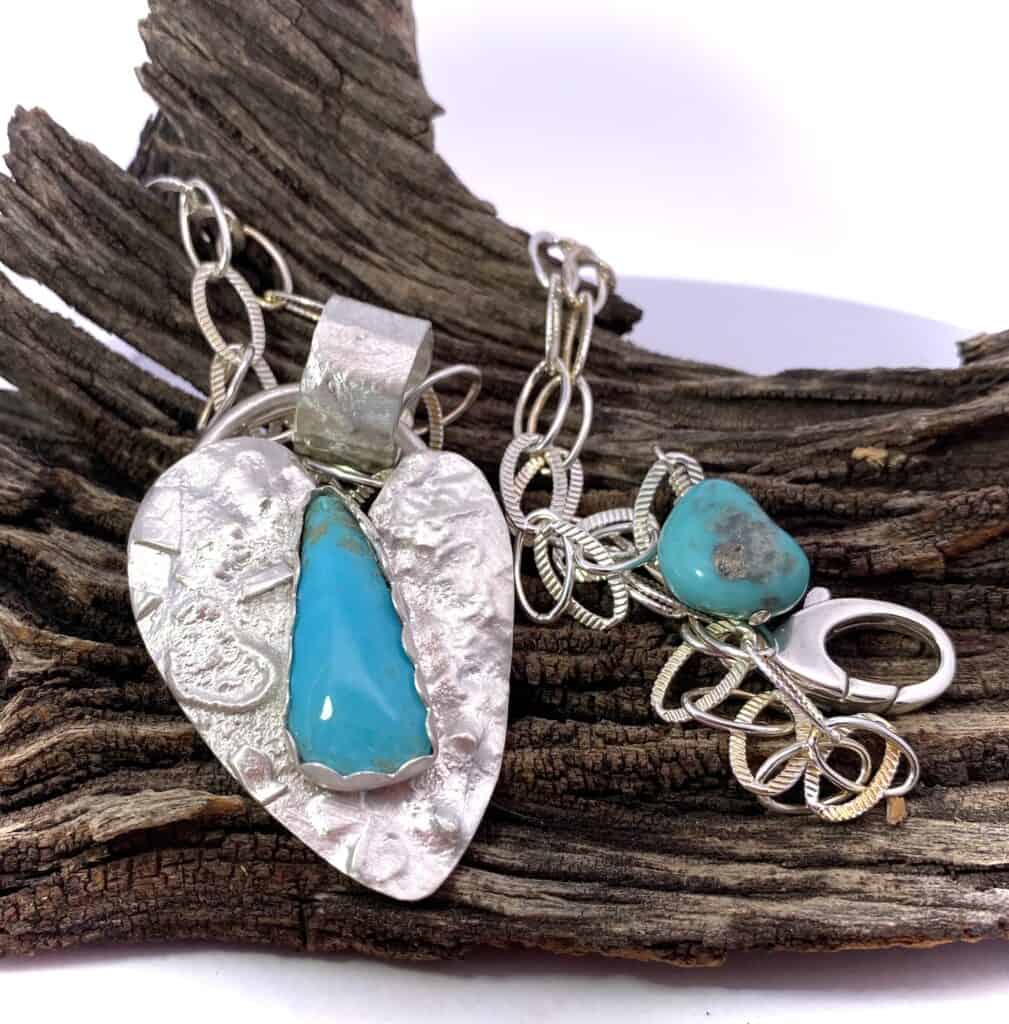
Valentine’s Day and Mass Media: The Rise of the Heart in Pop Culture
With the boom of printing in the 19th and 20th centuries, the stylized heart started showing up everywhere. Nowhere is this more obvious than on Valentine’s Day cards, which took the simple heart shape and turned it into a sign of romance.
Why did this happen? Commercial printing made it cheap and easy to send messages of love. Heart images went from elite artworks to everyday objects you could buy at a corner store. By the early 1900s, heart-covered cards, candy boxes, and decorations took over store shelves each February.
Mass media only boosted this trend:
- Advertising: Brands used hearts to connect a product with warmth, safety, or affection. Think of classic candy boxes, soda ads, or jewelry campaigns—the heart makes you feel an emotion before you read a single word.
- Movies and TV: Scripted love stories splashed the heart symbol across posters and film reels. When a cartoon character’s eyes turned into hearts, kids and adults alike understood: love, in its silliest or purest form.
- Pop Music and Art: Album covers, posters, and fashion added even bolder heart imagery. From punk rock pins to pop diva stage sets, the heart became a sign of emotion, rebellion, or joy.
The Digital Heart: From Emoji to Memes
In the last two decades, the heart image has exploded across digital screens in ways that old-school marketers could only dream about. It’s now one of the most recognized symbols on Earth—thanks to social platforms, messaging apps, and the ever-growing emoji lineup.
Here’s how digital life shaped the heart:
- Emoji Hearts: The red heart emoji ❤️ was added to phones and computers in the 2010s. It’s now used in billions of texts and posts every day. A single tap sends warmth or friendship across the globe—faster than a handwritten letter ever could.
- Color Variations: Different colored hearts let people show subtle feelings or inside jokes. For example:
- Red ❤️ for love or strong emotion
- Yellow 💛 for friendship or happiness
- Blue 💙 for trust or calm vibes
- Black 🖤 for sadness, style, or dry humor
- Heart Reactions: Social platforms like Instagram, Twitter, and TikTok made the heart a way to show approval. People “like” with a heart instead of a thumbs up, sending instant feedback and positive vibes.
Conclusion
The heart image has moved through history as both a mirror and a messenger—shifting its shape and meaning as people changed the way they loved, believed, and expressed themselves. From ancient carvings loaded with spiritual weight, to the decorative hearts in medieval stories, right up to today’s emoji-laden texts, this simple symbol still carries deep emotions. I expect this is why I tend to gravitate towards this icon in my designs. To me the heart means LOVE.
Follow me on my design journey and become a collector. Not only do my collectors receive first look at my newest designs but the also have the advantage of Collector-only discounts and specials. It’s Free. In addition you Get 15% off your first order.
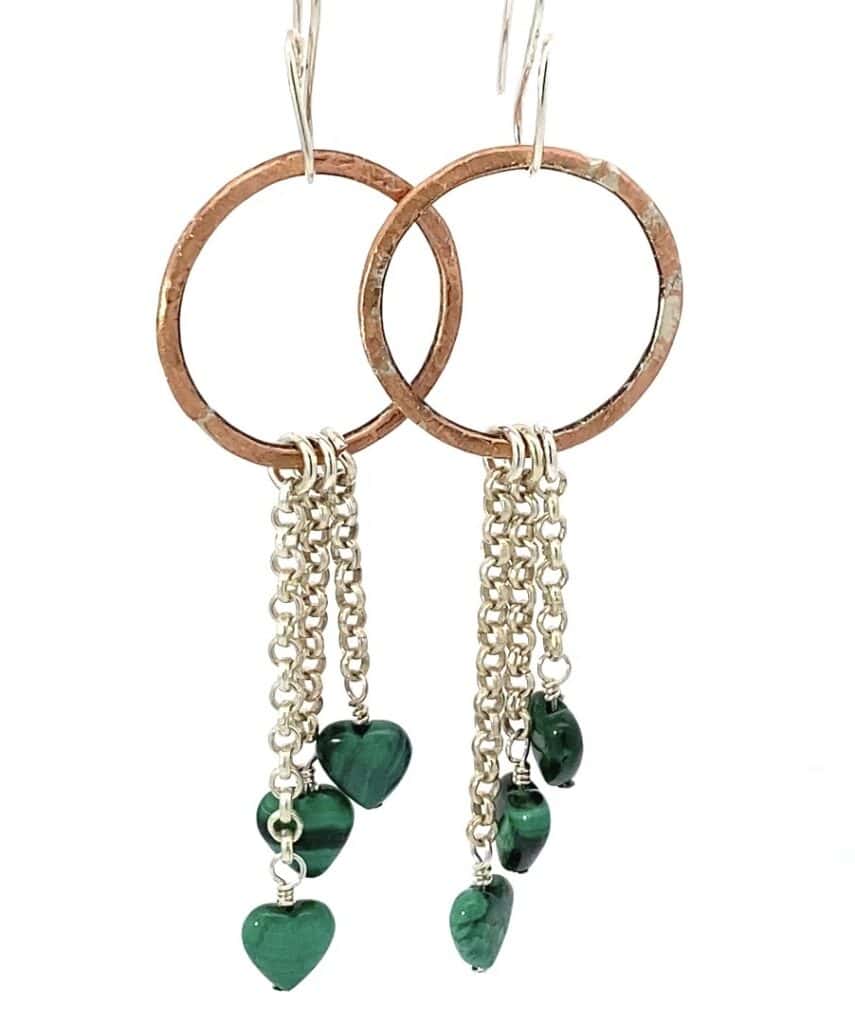

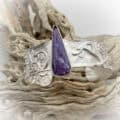

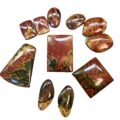
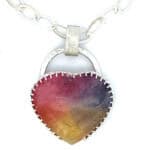
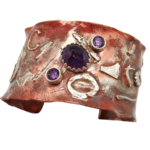
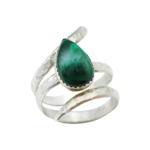
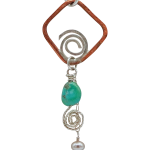

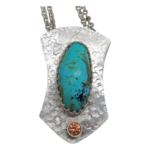
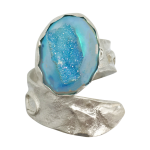
Leave a Reply